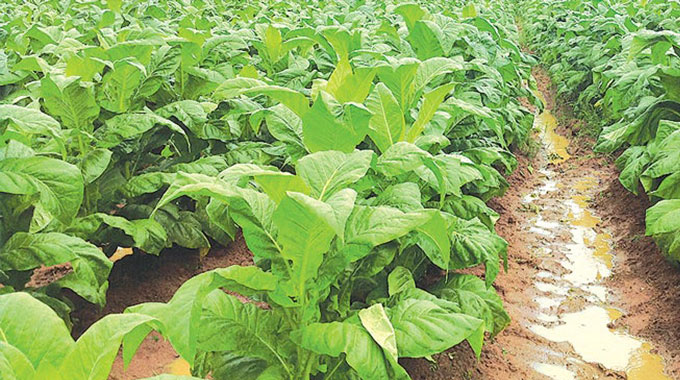EDITORIAL COMMENT: Let’s implement drought mitigatory measures to avert disaster

WE welcome the decision by the Government to embark on a national crop and livestock assessment programme as part of a strategy to explore ways of saving livestock and crops through evaluating their condition, water supply and prevalence of diseases.
The move will not only give Government an overall view of the crop and livestock situation in the country but afford it an opportunity to come up with drought mitigatory measures seeing as the country has recorded erratic rains between October last year and this month.
It will also serve as an early warning system for decision makers on the possible outcome of the season and allow them to identify areas of intervention as they relate to saving the season’s crop and livestock. After the devastating 2018/19 drought which affected the entire Southern African region, Zimbabwe once again faces another lean agricultural season characterised by death of livestock and wildlife due to lack of pastures and wilting of crops due to moisture stress.
The situation is particularly dire in the southern part of the country comprising the two Matabeleland provinces, parts of the Midlands and Masvingo. Farmers in the region have lost more than 30 000 head of cattle due to the effects of drought over the past 12 months with Matabeleland South being the worst affected with 17 000 deaths. Livestock production is the predominant mode of farming in Matabeleland and the loss of such a large number of cattle has ramifications for the national herd and wider economy.
As the Government embarks on its crop and livestock assessment programme, it is important that it pays particular attention to the plight of livestock farmers and ensure that measures are put in place to save their herd. We are aware that farmers have been encouraged to sell part of their herd to raise money for stockfeed so that the remaining livestock remain healthy and productive.
We also note that Government, through the Department of Veterinary Services, has already vaccinated cattle in drought stricken and low-risk foot and mouth disease areas so that they can move to other areas for relief grazing. Government’s move to urgently drill boreholes at strategic places in order to solve the water problem caused by the current drought is important as it will also stop cattle from straying into neighbouring countries such as Botswana in search of water.
Livestock farmers in Matabeleland South should heed advice from experts and desist from the practice of unnecessarily holding onto large herds of cattle which might prove too expensive to maintain. In the same vein, we urge cattle buyers to stop taking advantage of the desperate situation livestock farmers find themselves in by offering ridiculously low prices for their beasts.
On the crop situation around the country, it is clear that the effects of climate change which have resulted in a prolonged dry spell, have led to moisture stress and this could spawn reduced yields. The country should therefore prepare for another year of food shortages and plan accordingly. In an interview on Monday, the Deputy Minister for Lands, Agriculture, Water, Climate and Rural Resettlement, Vangelis Peter Haritatos, said the Government is worried about the effects of climate change which has resulted in erratic rainfall and cattle succumbing to drought and poor yields in the fields.
“Any time from now we will start the first round of national crop and livestock assessment. The underlying reason is that most field crops such as maize, soya beans, cotton, groundnuts and small grains would have been planted and the planting window closed for these crops. The purpose of this exercise is to enable the Government to establish which areas planted these different crops.
“Primarily, we want to establish the stages and condition of crops, assess disease prevalence and the overall prospects for the season including outcomes and benefits.
“We want to identify areas that need to be addressed in future farming seasons and also address gaps in terms of crop and livestock production, and possibly come up with interventions for the livestock sector. Data collected will help us in our second round of crop and livestock assessment.”
Cde Haritatos said the second round of crop and livestock assessment, which will be done between March and April, will effectively come up with yield and production estimates when crops would have matured at the end of the farming season.
We hope the assessment programme will come up with recommendations and interventions to save livestock and ways of dealing with the effects of climate change. It should also give an indicator to Government as to the possible food situation in the country with a view to drawing up drought relief programmes for the affected areas. The actual process itself should be thorough so that a correct picture is presented to the nation.








Comments